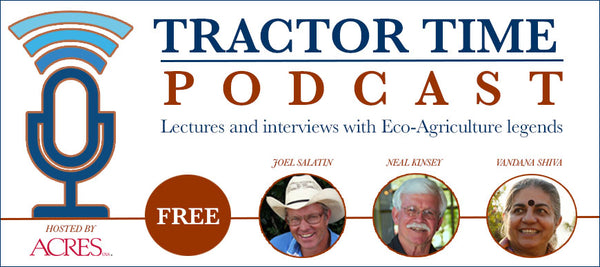
Silvopasture
- A black locust plantation for fence posts coupled with summer grazing pastures for cattle in central New York;
- Oxen and pigs used to clear forested land in New Hampshire to create space for new market gardens and orchards;
- Turkeys used for controlling pests and fertilization on a cider orchard and asparagus farm in New York; and
- Sheep that graze the understory of hybrid chestnut and hickory trees at a nut nursery in Minnesota.
All of these examples share common goals, components, and philosophies. The systems may take several years to establish, but the long-term benefits include healthier animals and soils, greater yields, and the capacity to sequester atmospheric carbon better than forests or grasslands alone.
For all these reasons and more, Silvopasture offers farmers an innovative and ecological alternative to conventional grazing practice.
Copyright 2018. Softcover. 320 pages.
About the Author:
Steve Gabriel is the coauthor of Farming the Woods, is an ecologist, educator, and forest farmer who has lived most of his life in the Finger Lakes region of New York. He passionately pursues work that reconnects people to the forested lands and supports them to grow their skills in forest stewardship.
He currently splits his time between working for the Cornell Small Farms Program as Agroforestry Extension Specialist and developing the farm he runs with wife, Elizabeth, Wellspring Forest Farm, which produces shiitake and oyster mushrooms, duck eggs, pastured lamb, nursery trees, and maple syrup.
Praise for Silvopasture:
"A well-organized, practical guide to this centuries-old approach of land management." -Rebecca Thistlewaite, author if The New Livestock Farmer
Packed with information and practical examples for anyone interested in the benefits of trees and grazing for the health of soil, plants, herbivores, and human beings." -Fred Provenza, author of Nourishment
"The first port of call for farmers needing that extra information and confidence to take the step towards becoming agroforesters." -Martin Crawford, director of Agroforestry Research Trust
Customer Reviews
My Farmer, My Customer
New! Learn from Marty Travis's experiences converting the Spence Farm into one of the most successful farming co-ops in the United States today.

